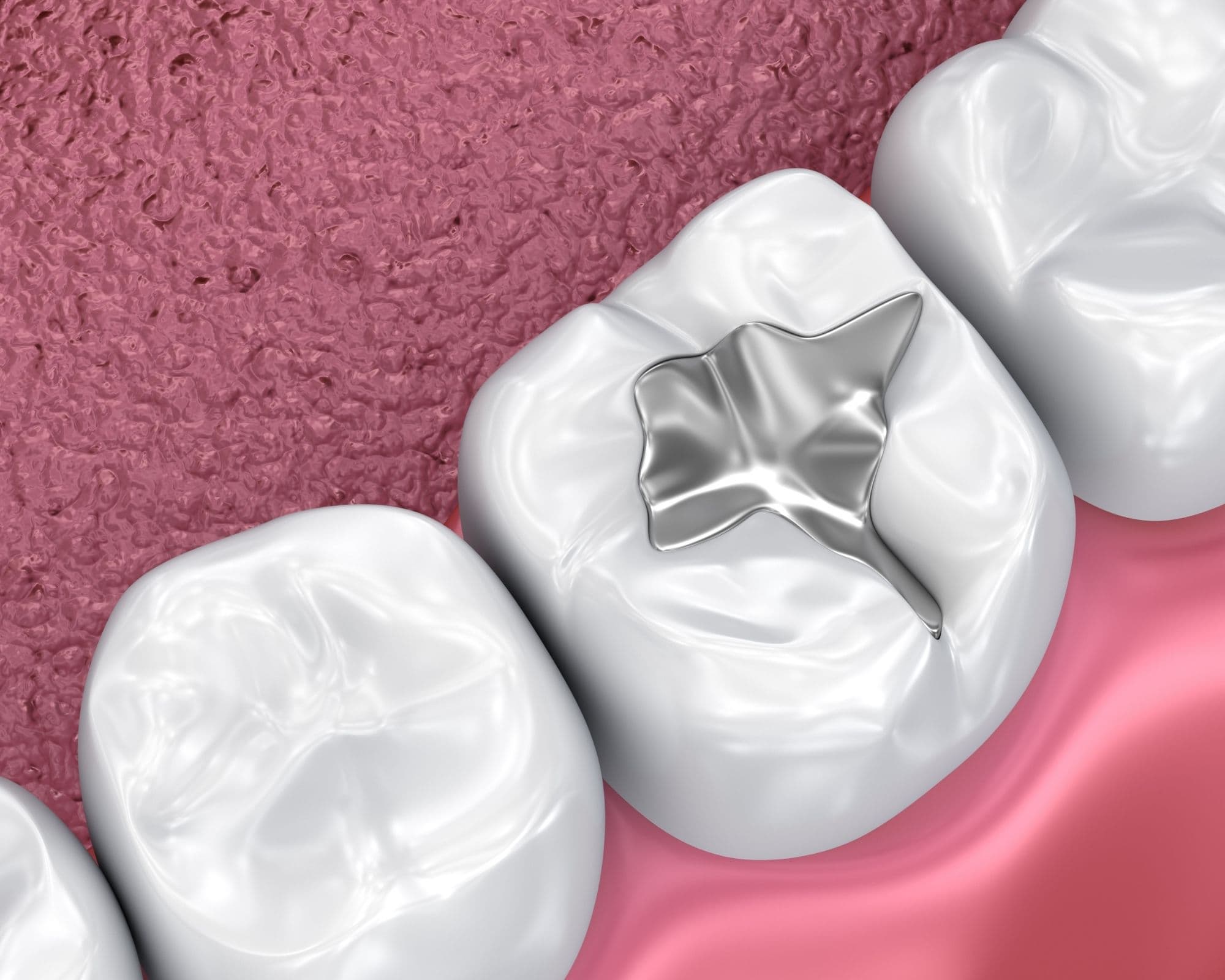
Did you know that dental fillings are the number one restorative treatment done in dental offices? While we all would love perfectly healthy teeth, sometimes imbalances happen, and we find our teeth needing some additional attention.
When Do You Need A Dental Filling?
While there are many possible reasons you need a filling, the most common cause is a cavity. Once your dentist has removed your cavity, a dental filling is placed to rebuild your tooth and prevent additional damage.
Other reasons that you could need a filling may include repairing a cracked tooth or a tooth that has been worn down.
Getting A Filling
If this is your first time getting a filling, it’s understandable that you may have some apprehension. Many people have found it helpful to know what to expect during their filling appointment.
Your dentist will likely apply local anesthetic to the area in your mouth where the filling will be worked on. This will help keep you comfortable during treatment. Once you are numb, your dentist will remove the decayed or cracked tooth structure. Then your dentist will fill the space with filling material and allow it to harden. The last step is to smooth and polish the filling to make it comfortable for you to bite down and chew with this tooth.
While it may be tempting to skip the filling, it’s essential to realize that you may face more significant consequences if the affected tooth is left untreated. If tooth decay is not treated, severe damage may result. This could lead to needing a root canal or even a tooth extraction.
What Are The Different Types Of Fillings?
There are several types of fillings available.
Composites, commonly called white fillings, are the same color as your teeth, and they look the most natural. Composites also bond to your natural tooth, which helps your dentist to keep the prep site more conservative.
Amalgam, often called silver fillings, tend to be used less frequently than composites. They aren’t as esthetically pleasing, and they don’t bond with your natural tooth-like composites do. Instead, an extra tooth structure is carved out so that the amalgam can be packed into the space and retained this way.
Gold and porcelain composites are also an option, although we see very few of them these days. They tend to require a significant financial investment so most people choose composites.
How Long Do Fillings Last?
The lifespan of a filling depends on the person. Much of how long a filling lasts depends on how the fillings were placed and how they are cared for over the years. Composite fillings typically last 5-7 years, whereas amalgams last 10-15 years. Porcelain fillings are similar in longevity, but they require the most significant financial investment. Gold fillings probably last the longest, but also require the greatest financial investment.
What Happens If A Filling Breaks?
What happens if a filling breaks depends on what the problem is. If it’s a small break, it might be fixed by removing the existing filling and putting in a new filling. If it’s a larger filling that broke, it will likely need a crown.
Fillings aren’t a new invention in the dental world. Amalgam fillings have been around since the early 1800s and much has been done in the past two centuries to improve the filling materials and process. Thanks to today’s anesthesia and composites, getting a filling has become a relatively painless process, and most people won’t even know that you had a filling done! At Riverside Dental Care, we’re thankful for how far dentistry has advanced over the past several years!



Leave a Reply